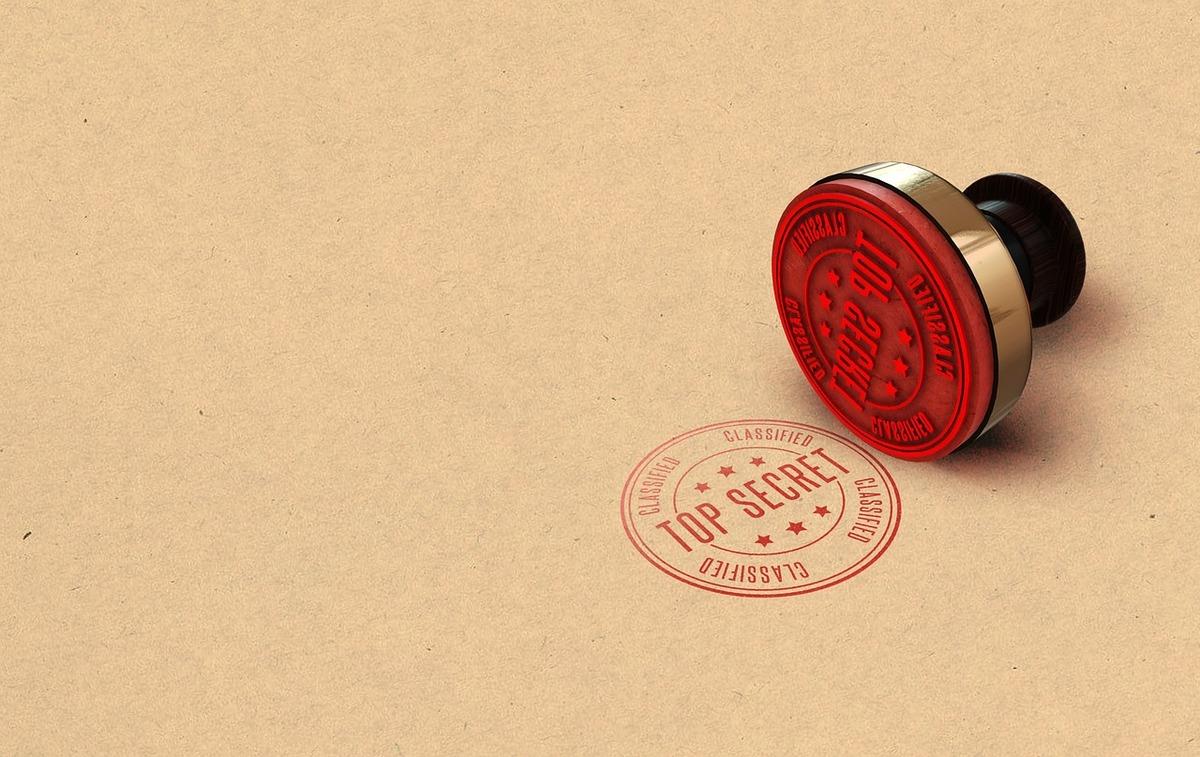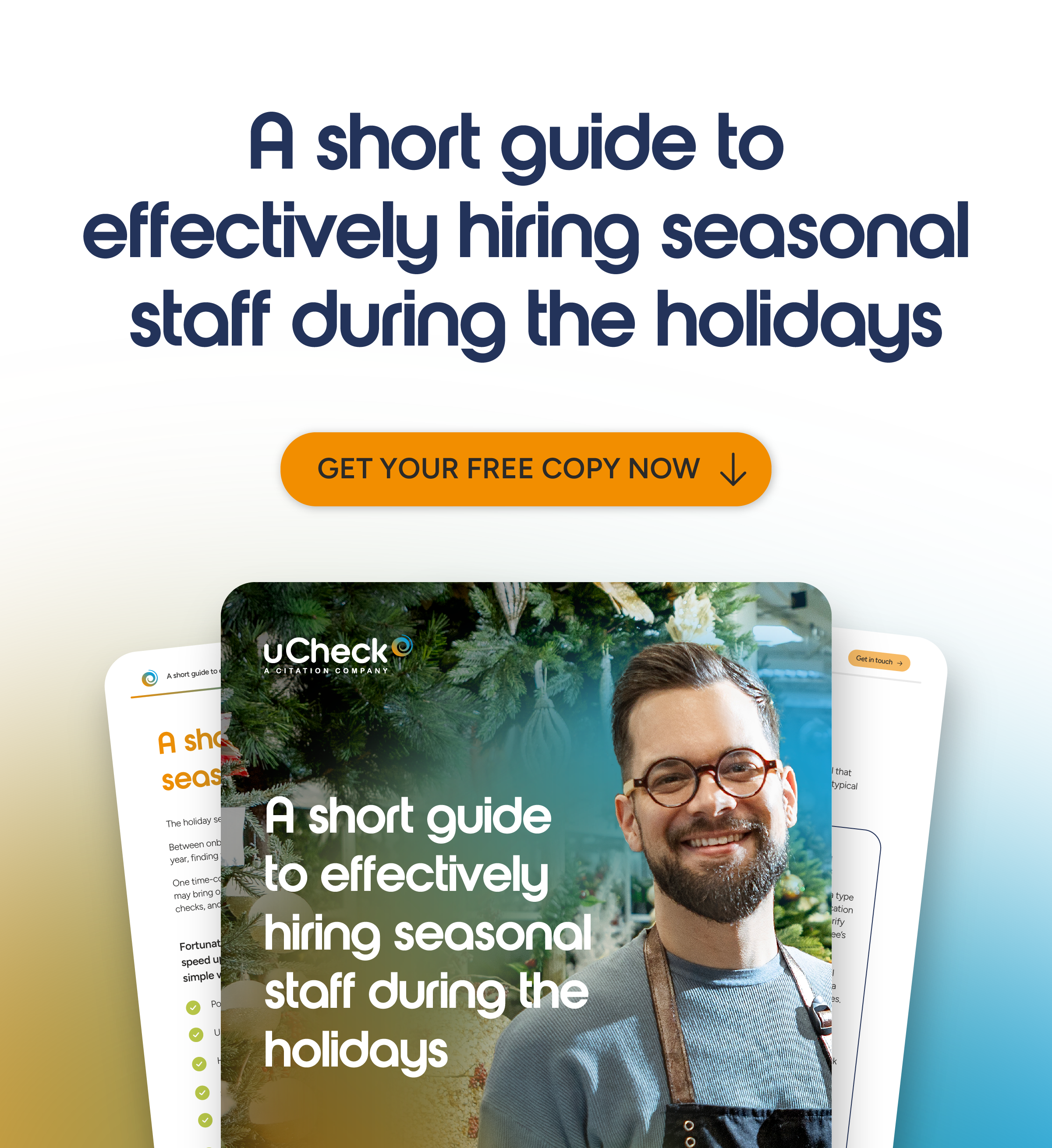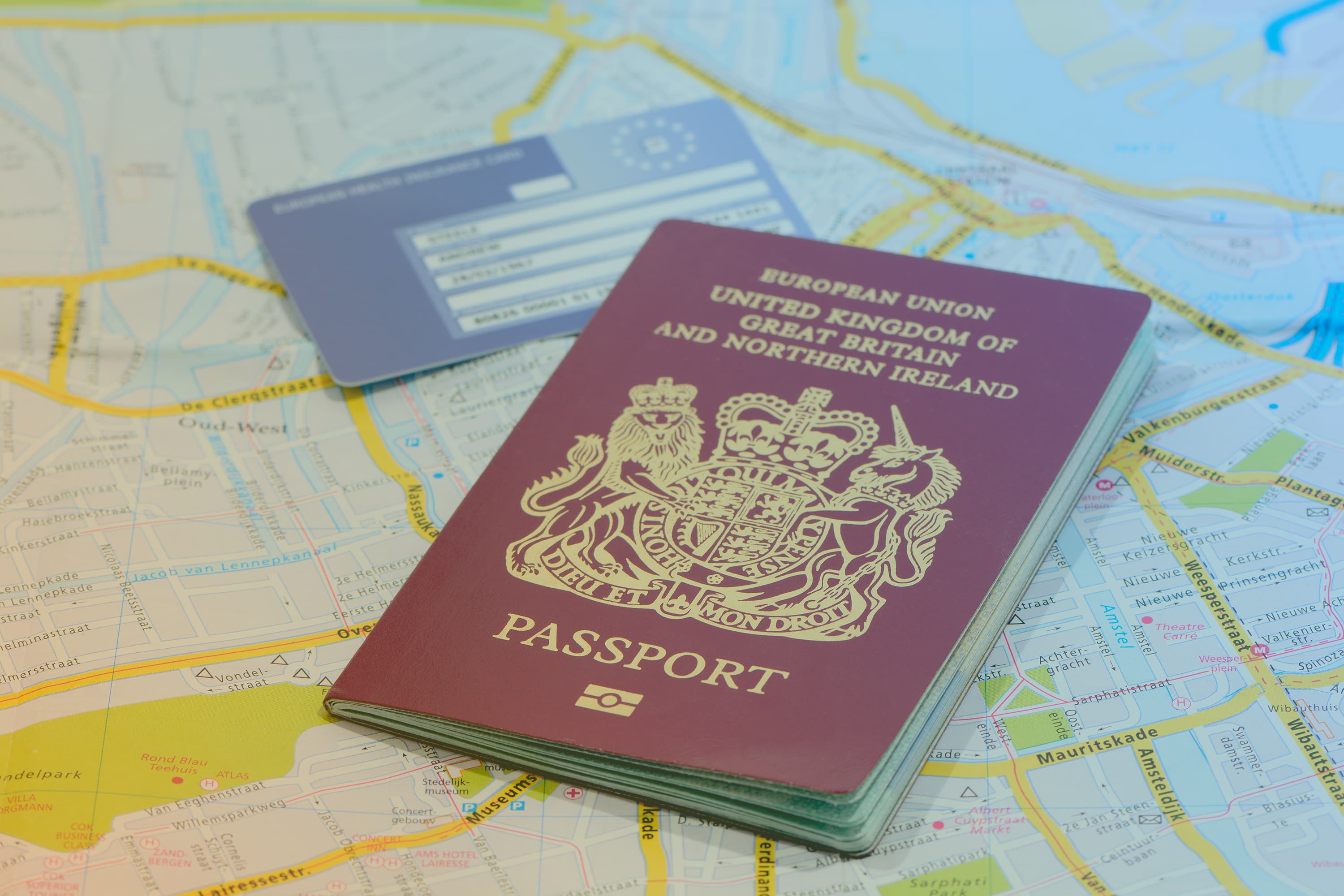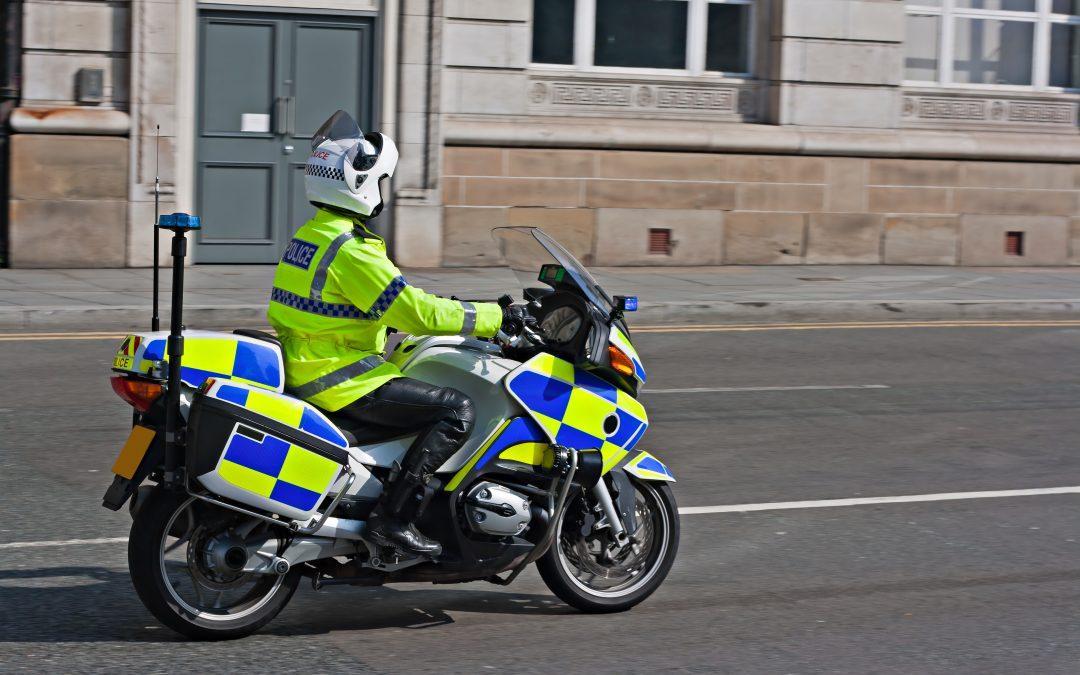When applying for DBS checks, it’s important to understand the eligibility requirements and the application process. But what will show up on a DBS check?
Contrary to popular belief, DBS checks do not issue a pass or fail result. Instead, they detail aspects of the applicant’s criminal record history in order for the employer to make the safest recruitment decision.
The level of detail on the DBS certificate will depend on the level of the check. This blog will outline the three different levels, and the information that will be disclosed on each.
What shows up on a DBS Check?
- Unspent convictions: This means any conviction that hasn’t been cleared under the Rehabilitation of Offenders Act 1974.
- Conditional cautions: These are cautions that come with specific requirements that must be met.
A basic disclosure is the lowest level of criminal record check available. Due to differing legislation, this check is now issued by either the Disclosure and Barring Service for those working in England and Wales, or Disclosure Scotland for those working in Scotland.
This check is available to anyone over the age of 16. Under the Rehabilitation of Offenders Act 1974, convictions and cautions become ‘spent’ after a specified period of time has elapsed. The time period varies depending on the nature and severity of the conviction.
A Basic DBS Check will show details of any unspent convictions or conditional cautions.
Previously, all Basic Disclosures were processed by Disclosure Scotland. However, in January 2018 the DBS took over the processing and issuing of Basic Disclosures for people working in England and Wales.
The changes were introduced because Scotland has different legislation to England and Wales in terms of the length of time it takes for convictions to become spent. Check our blog ‘Basic DBS Checks: The changes explained’ for full details of the changes.
What shows up on a Standard DBS check?
- Spent and unspent convictions: This includes all convictions, regardless of whether they are considered “spent” under the Rehabilitation of Offenders Act.
- Cautions, warnings, and reprimands: This covers a wider range of police records than a Basic check.
A Standard DBS Check is more comprehensive than a basic check, revealing a greater level of detail.
A standard check will detail both unspent and spent convictions, as well as any cautions, warnings or reprimands the applicant has, as long as they’re not protected.
Protected criminal record information is information which has been filtered from the certificate as a result of legislation introduced in 2013. This legislation was introduced to prevent unfair discrimination based on old or minor criminal record information following a court case challenging the disclosure.
It does not affect the information on the certificate greatly, in that any cautions and convictions eligible for filtering have to meet certain criteria, including: a certain number of years must have elapsed since the offence took place; nothing will be filtered if the applicant has more than one conviction; the caution or conviction cannot be a serious offence; and it cannot have resulted in a custodial sentence. For more information please see the DBS guidance.
Read our in-depth blog to find out more about cautions appearing on DBS checks.
What shows up on an Enhanced DBS Check?
- Same as a Standard DBS check: It includes spent and unspent convictions, cautions, warnings, and reprimands.
- Plus, extra information from local police: This could be anything the police consider relevant to the job.
- Barred list check: This shows if the applicant is barred from working with children or vulnerable adults.
An enhanced DBS check is the highest level of DBS check available and, like the Standard DBS Check, is only available to those who meet the eligibility criteria.
An enhanced DBS certificate will show the same information as a standard disclosure. However, enhanced checks are also passed to the local police authority to give them the opportunity, if they deem it relevant, to include any additional information about the applicant that they hold.
In addition, enhanced disclosures include the facility to check the applicant against the children’s and/or vulnerable adults’ barred list, if they’re eligible. These checks often form a crucial aspect of the enhanced DBS check, as for some roles the employer has a legal responsibility to ensure the applicant isn’t barred from working with a vulnerable group which the role would require them to do.
As such, if the applicant is eligible and a check against the barred lists is requested, an enhanced DBS certificate will also show whether the applicant has been barred from working with children and/or vulnerable adults.
What will show up on a DBS check? A summary
The information that shows up on a DBS certificate depends heavily on which level of check has been requested.
A key point to remember about all DBS certificates is that they do not advise, or issue a pass or fail result. Their role is to provide the employer with adequate and relevant information to support them in making a safe recruitment decision.
If you’re an organisation looking to start requesting DBS checks, you can register with uCheck today and start applying. Looking for any more information? Please don’t hesitate to get in touch.







